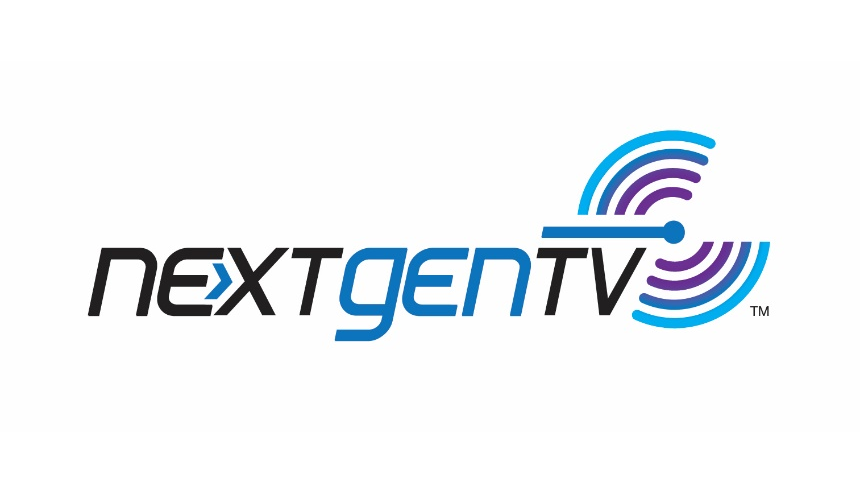
ATSC 3.0 advanced at a steady pace in 2022 after stumbling a bit like the rest of the nation during the pandemic.
While missing its rollout mark the preceding year due to COVID-19, a number of important issues involved in the channel sharing necessary for the voluntary 3.0 rollout were resolved in part during the delay, which helped get deployments back on track as the year progressed.
As of early December, 64 markets across the United States were on air delivering NextGen TV service to viewers. In 19 markets, 3.0 was being transmitted by more than one stick. As envisioned for the voluntary conversion from 1.0 to 3.0, multiple sticks in markets are essential to giving broadcasters the room they need to experiment with new business models and the PLP configurations needed to support them.
2022 saw television sales continue at a steady pace with the addition of Hisense to the original three (LG Electronics, Samsung and Sony) vendors offering NextGen TV models. Among the least expensive models is a 43-inch Sony set with a suggested retail price of $449. On the other end of the continuum are more costly models, topping out with a 97-inch LG model for $25,000.
CTA projected sales numbers for 2022 place the number of new 3.0 NextGen TV sets being purchased daily by consumers at 12,000.
To address the millions of households not quite ready to give up their existing televisions, Pearl TV announced in the fall a Fast Track program that aims to accelerate CE maker development of HDMI 3.0 receiver dongles to retrofit TVs and computers for NextGen TV.
It is hoped that whetting the appetites of millions more television viewers for NextGen TV with such HDMI dongles will eventually lead to greater awareness about 3.0, broader consumer adoption and ultimately an easier transition to 3.0 sticks in markets where broadcasters do not fear leaving huge swaths of their audience behind.
The professional video industry's #1 source for news, trends and product and tech information. Sign up below.
During the NAB Show Fireside Chat between FCC Chairwoman Jessica Rosenworcel and NAB president and CEO Curtis LeGeyt, 3.0 reception by legacy DTVs came up. Rosenworcel surprised many bringing up the commission’s desire to address backward compatibility of 3.0—something broadcasters generally regarded as a matter settled with FCC authorization of ATSC 3.0 deployment.
Separately, during a TVTech Summit panel in November, Del Parks, president of technology at Sinclair Broadcast Group, was asked whether these comments might indicate a new DTV-converter-box-like coupon program was being contemplated in D.C. (Sinclair owns two stations in the nation’s capital and is headquartered about 60 miles away in Hunt Valley, Md.)
While Parks said there was no momentum for a government-funded 3.0 converter coupon program, local broadcasters, groups and networks will likely soon be asking themselves if they should pay for or subsidize such 3.0 receiver/converters. Doing so, in theory, would help accelerate clearing of TV spectrum devoted to legacy DTV, making it easier and faster for broadcasters to pursue any of the numerous new business models 3.0 makes possible.
Other notable advancements revolved around automotive, technology and broader adoption in 2022.
For instance, 2022 saw the successful proof of concept trial of 3.0 as a data and entertainment delivery path to moving vehicles with the coast-to-coast Michigan trial. Among the accomplishments of the trial were a clear demonstration that 3.0 can be used successfully to deliver data reliably across large distances to moving vehicles; use of a forward error correction enhancement above and beyond the 3.0 standard to improve performance; and that data handoffs similar to those common among cell carriers can be achieved with a 3.0 implementation.
Later in the year, Sinclair Broadcast Group and Hyundai Mobis signed a memorandum of understanding about collaborating on development of 3.0-based automotive business models. The broadcaster and auto parts and service company will work together on business models that leverage geo-targeting, enhanced GPS, software update delivery, in-vehicle entertainment and real-time emergency information.
Among the many 3.0-related tech advancements were the rollout of Pearl TV’s RUN3TV web TV platform—now available in 20 markets; Evoca’s announcement of its desire to leverage MIMO technology as supported by ATSC 3.0 to boost data throughput; an effort by Sinclair and USSI Global to trial EV charging stations from kiosks equipped with a 3.0 receiver and television; continued trials of 8K OTA and OTA-OTT delivery via 3.0; and proof of concept testing and early deployment of 3.0 datacasting infrastructure by LPTV operator ARK Multicasting.
2022 also saw the adoption of ATSC 3.0 by Jamaica, which joins the U.S. and South Korea as backers of the standard. As of the end of the year, two Jamaican stations were on air with NextGen TV. Jamaica is hoping to achieve several national goals with 3.0, including better coverage across the island’s diverse terrain; better use of television to meet its educational priorities, especially when severe weather and hurricanes interrupt normal classroom work for extended periods; and the advanced emergency alerting capabilities of the standard.
Brazil decided in 2022 to adopt portions of the ATSC 3.0 suite of standards to meet its next-generation television goals. Among those elements are: ROUTE/DASH Transport; MPEG-H Audio; IMSC1 Captions; HDR10 High Dynamic Range Electro-Optical Transfer Function (EOTF) with optional dynamic HDR metadata based on SMPTE ST 2094-10 and ST 2094-40; and ATSC 3.0 Advanced Emergency Alerting. Other elements of the standard were selected for broadband use.
Phil Kurz is a contributing editor to TV Tech. He has written about TV and video technology for more than 30 years and served as editor of three leading industry magazines. He earned a Bachelor of Journalism and a Master’s Degree in Journalism from the University of Missouri-Columbia School of Journalism.

